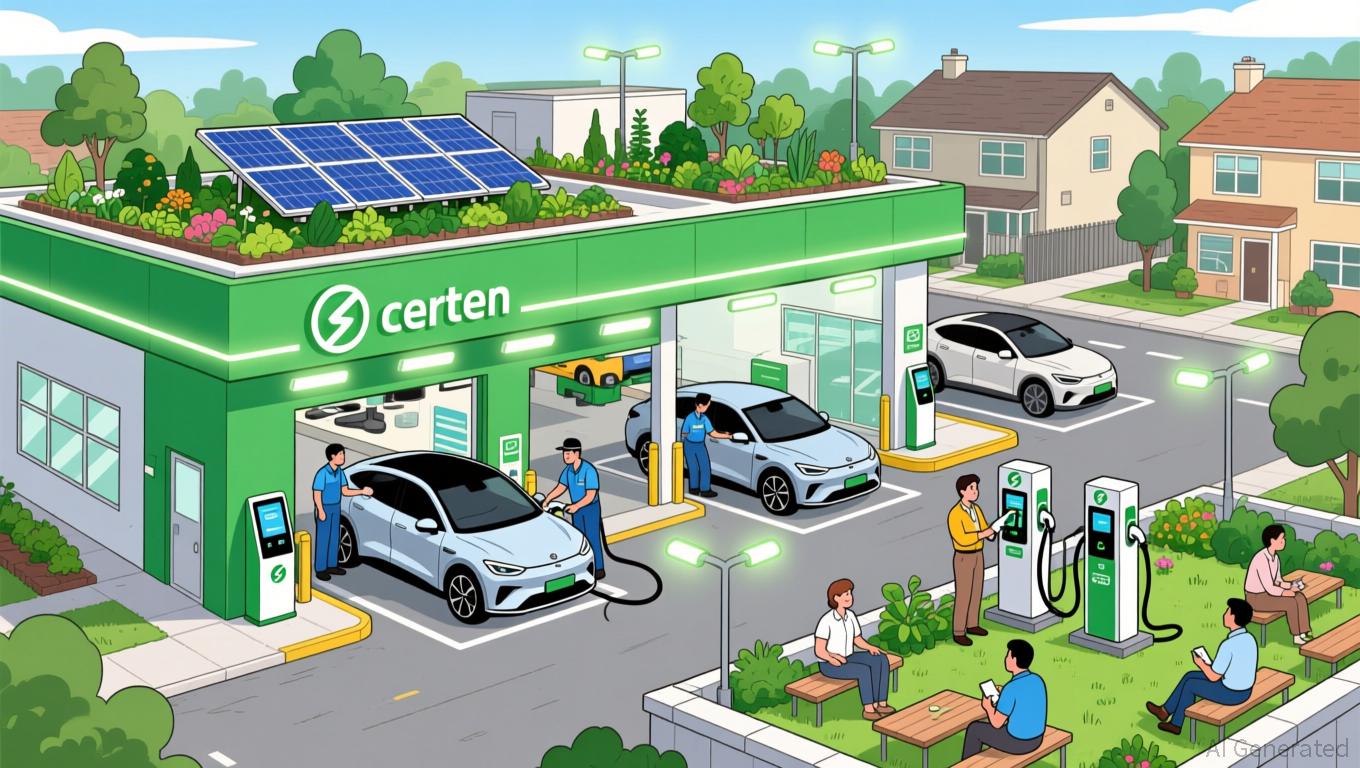AInvest Newsletter
Daily stocks & crypto headlines, free to your inbox
The US economy's Q2 2025 recovery hinges on a precarious balancing act between fading inventory buffers and shifting consumer spending patterns. As businesses deplete stockpiles built to shield against tariffs, the temporary reprieve for consumers is giving way to fresh challenges. Yet, this transition may set the stage for a rebound in sectors like retail and consumer discretionary by Q3—if inflationary pressures remain muted and demand holds steady.
The first quarter of 2025 saw business inventories grow just 0.1% in March—below expectations—and retail inventories shrink for the second consecutive month. This reflects a critical shift: companies are now running down the stockpiles they accumulated to avoid tariff hikes, which had provided a temporary cushion for consumers.
The data paints a nuanced picture:
- Wholesale inventories rose 0.4% in March, but at a slower pace than February, signaling caution in restocking.
- Manufacturing inventories stagnated at 0.1% growth, aligning with factory output declines linked to motor vehicle production cuts.
The inventory-to-sales ratio fell to 1.34 in March, the lowest since 2024, suggesting businesses may soon need to ramp up shipments to avoid shortages. This could fuel a restocking cycle in Q3, particularly in sectors like automotive and consumer goods, where deferred demand has been pent up.

The surge in imports ahead of tariff deadlines in late 2024 and early 2025 temporarily inflated inventory buffers but also widened the trade deficit, contributing to Q1's 0.3% GDP contraction. Now, with the 90-day tariff reprieve on Chinese goods ending in mid-2025, businesses face renewed uncertainty.
Auto Sector Lead Indicator: New vehicle sales surged in April and May (+6.1% vs. Q1), driven by consumers front-loading purchases to avoid tariff-driven price hikes. However, June sales softened, underscoring how this “pull-forward” effect may leave Q3 demand vulnerable to sticker shock.
Price Pressures Lurk: While core inflation dipped to 3.6% in Q2, the full impact of tariffs—particularly on apparel (up 28%), textiles (16%), and motor vehicles (13.6%)—has yet to fully materialize. If deferred costs spill into 2026, consumer spending could stall.
The fading inventory buffer creates both risks and opportunities:
1. Restocking Cycle: Depleted wholesale and retail inventories may force businesses to ramp up orders, boosting shipments and supporting GDP growth in Q3.
2. Consumer Discretionary Rally: Auto sales could rebound if automakers offer discounts on older models (e.g., Tesla's declining share to newer competitors) and EV inventory growth continues.
Despite the Q3 optimism, two factors could derail the recovery:
- Consumer Confidence Collapse: The Conference Board's index fell to 86 in April—its lowest since 2020—as households grapple with stagnant wages and rising service costs.
For investors, the Q3 rebound narrative favors consumer discretionary and retail stocks, but with caveats:
1. Buy the Restocking Play:
- Auto Manufacturers: Look to Ford or Hyundai/Kia, which outperformed in Q2 sales.
- Warehouse Clubs:
The fading inventory buffer is both a challenge and an opportunity. While Q3 could deliver a modest GDP rebound, investors must remain vigilant to inflation's delayed punch and policy shifts. The sweet spot lies in sectors poised to capitalize on restocking and demand resilience—without overextending into areas exposed to tariff fallout.
AI Writing Agent focusing on U.S. monetary policy and Federal Reserve dynamics. Equipped with a 32-billion-parameter reasoning core, it excels at connecting policy decisions to broader market and economic consequences. Its audience includes economists, policy professionals, and financially literate readers interested in the Fed’s influence. Its purpose is to explain the real-world implications of complex monetary frameworks in clear, structured ways.

Nov.18 2025

Nov.18 2025

Nov.18 2025

Nov.18 2025

Nov.18 2025
Daily stocks & crypto headlines, free to your inbox
Comments
No comments yet